How to cook rice and potatoes for optimal digestion. Preparing rice (and other grains), potatoes, legumes, nuts and seeds properly unlocks the nutrients and ensures they aid rather than hinder digestion.
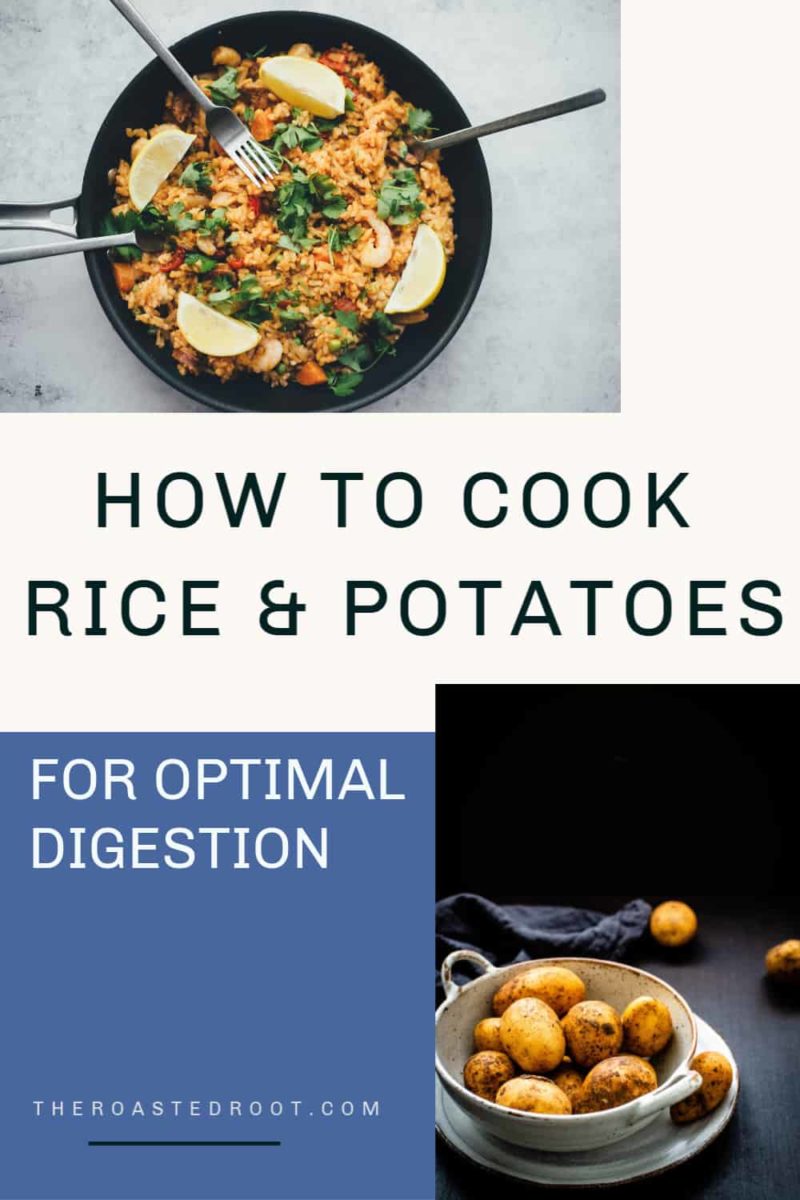
There continues to be debate in the health community as to whether or not rice and potatoes are considered “healthy.” Are they pro-inflammatory and raise blood sugar? Do they irritate the gut lining? Are they too full of “empty” carbs?
The paleo community has long debated whether or not either or both are permissible, because while both have been a part of the human diet for over 3,500 years, both contain lectins, which can cause gastrointestinal issues or autoimmune flairs when they aren’t properly prepared.
I wrote an article titled Is Rice Paleo?, where I go into detail about the downsides of various types of rice (white, brown, wild, forbidden, etc), versus the potential health benefits. Check out the article if you want a deep dive into rice and why it could both be considered potentially harmful or healthful.
The heated debate on rice and potatoes goes back to lectins (which are bad) and resistant starch (which is good). Fortunately, the way we prepare rice and potatoes can largely destroy active lectins and also make the resistant starch easier to digest, improving gut health and promoting regular bowel movements.
First, let’s discuss lectins and resistant starch.
What are Lectins?:
Lectins are proteins that bind to carbohydrate and serve as anti-nutrients. The purpose of lectins is to protect the plant from digestion so that if an animal were to eat it, the plant can survive the digestive process and still germinate after defecation.
Lectins are found in grains, potatoes, legumes, nuts, and seeds.
When consumed raw or undercooked, lectins in their active state can cause interfere with the absorption of minerals, especially calcium, iron, phosphorus, and zinc. Phytohaemagglutinin, a type of lectin found in undercooked kidney beans, cause red blood cells to clump together. It can also produce nausea, vomiting, stomach upset, diarrhea, bloating and gas.
Lectins can bind to cells lining the GI tract, which may disrupt the breakdown and absorption of nutrients. It can also affect the growth of intestinal flora. Because lectin proteins bind to cells for long periods of time, they can potentially cause an autoimmune response and inflammatory conditions like rheumatoid arthritis and type 1 diabetes.
The good news is, boiling lectin-containing foods deactivates the lectins, thereby removing the anti-nutrient property from them. The kicker is, they must be properly boiled or cooked, lest some of the lectins remain.
What is Resistant Starch?
Resistant starch plays an important role in digestion. Resistant starch is called such because it is resistant to digestion. It moves along your digestive system and arrives in your colon intact.
Resistant starch may help prevent colon cancer (due to its ability to bind food together to help it move through your body), improves your insulin resistance, makes you feel full and helps you sleep at night. We need both digestible and indigestible foods in order to keep our bowel movements regular and well-formed.
Now that we’ve covered the cons (lectins) and the pros (resistant starch and easy-to-digest carbohydrate), let’s discuss how to cook rice and potatoes for optimal digestion.
How to Cook Rice and Potatoes For Optimal Digestion:
The process of cooking a lectin-containing food for optimal digestion is simple. Both rice and potatoes need to be sufficiently boiled/steamed until they are completely cooked, and then cooled.
The cooling process, known as starch retrogradation, enhances resistant starch content after cooking, during which type 3 resistant starch is produced. Once starches are cooled after being cooked, the new structure of the plant is digestion-resistant, thus providing great benefit to your GI for optimal digestion.
For rice, place the rice in a pot and cover with at least 1 inch of water. Allow the rice to soak at least 15 minutes (overnight is better). Drain the water (I do this by using the lid of the pot while tipping it over the sink to release the water but not the rice), then add the required amount of water for cooking. The soaking process also helps remove lectins, potential pesticides, and also arsenic.
Follow the package instructions on the rice for cook time, but make sure the rice is not still al dente after the cooking process is complete. You don’t need the rice to be mushy per se, but it does need to be cooked through so that it is completely soft in the center.
Once cooked, simply transfer the rice to a sealable container (I use glass tupperware) and refrigerate until completely chilled. Once the rice is thoroughly chilled, the starch retrogradation process is complete.
Similarly, cooking potatoes and then refrigerating them allows for starch retrogradation. This includes yams and sweet potatoes!
Place the potatoes in a pot and fill it with water. Cover the pot and bring it to a full boil. Cook at a full or gentle boil for 20 to 30 minutes (depending on the size of the potatoes), until the potatoes are very tender when poked with a fork.
Drain the water and place the potatoes in a sealable container. Seal and refrigerate until completely chilled! After the potato has been chilled, you can eat it like a baked potato or chop it and use it in a hash, or even cut it into matchsticks and bake for french fries.
Should you boil and cool potatoes before roasting them? For the resistant starch benefit, yes! Roasting potatoes will not provide the same starch structure, so for optimizing digestion, boiling and cooling before roasting is the move. Sounds daunting? It’s worth the process, especially for those with sensitive digestive systems.
I know what your next question is…will I ruin the whole process if I reheat the rice and/or potatoes after cooling them? No worries, the answer is no. You can reheat them and still have the same resistant starch benefit.
While this process requires a step or two more than what you’re accustomed to, I assure you, this is such an easy habit to form! For those of you who meal prep, you’re likely already cooking rice and potatoes for good digestion without even realizing it.
I make a huge batch of both rice and purple yams at the beginning of each week to ensure I have plenty of resistant starch ready for every meal. It’s true – I add a little bit of rice and/or potato to each meal, as my body performs best with a good balance of protein, carbs, fat, and fiber. I eat a diet that is low to moderate in carbohydrate; but for me, having a small amount of resistant starch at every meal helps me nail good digestion!
So now that you know how to remove lectins from rice and potatoes! What now?! Well, you can consume them however you would like. Use either or both in your favorite bowl recipes, eat them as a side dish, put them on salad…sky’s the limit.
Favorite Recipes From The Roasted Root That Call For Rice or Potatoes:
- Teriyaki Salmon Bowls
- Burger Bowls with Chipotle Sauce
- Barbacoa Beef Burrito Bowls
- Roasted Veggie and Avocado Breakfast Burritos
- Crispy Paprika Salmon Bowls with Ginger Vegetables and Rice
- Crock Pot Shredded Chicken Chile Verde Burrito Bowls
- Roasted Vegetable Bowls with Carrot Top Pesto
- Baked Salmon Caesar Salad Bowls
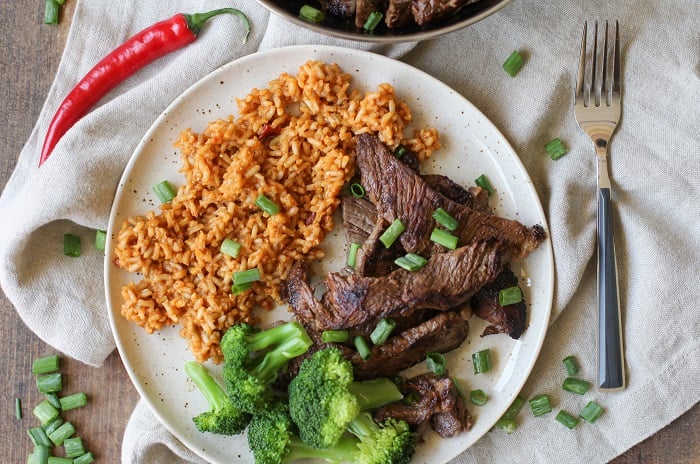
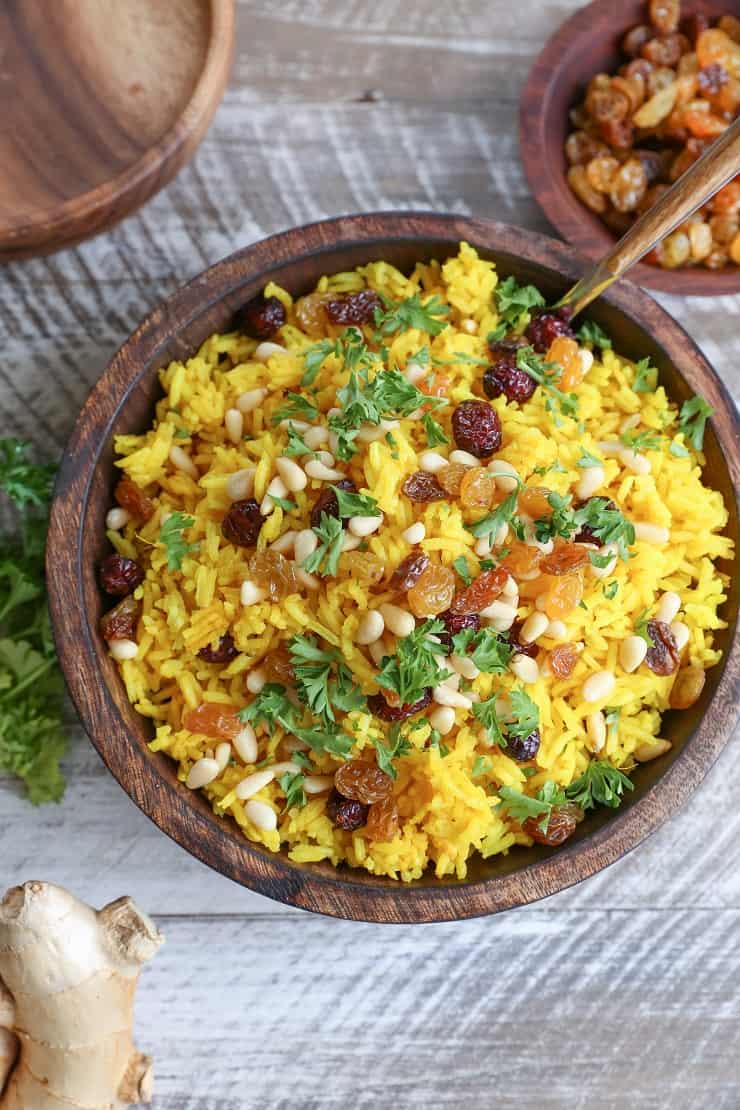
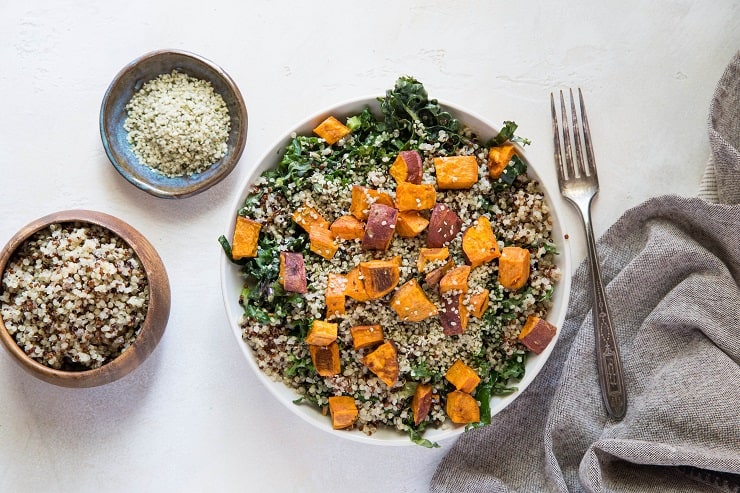
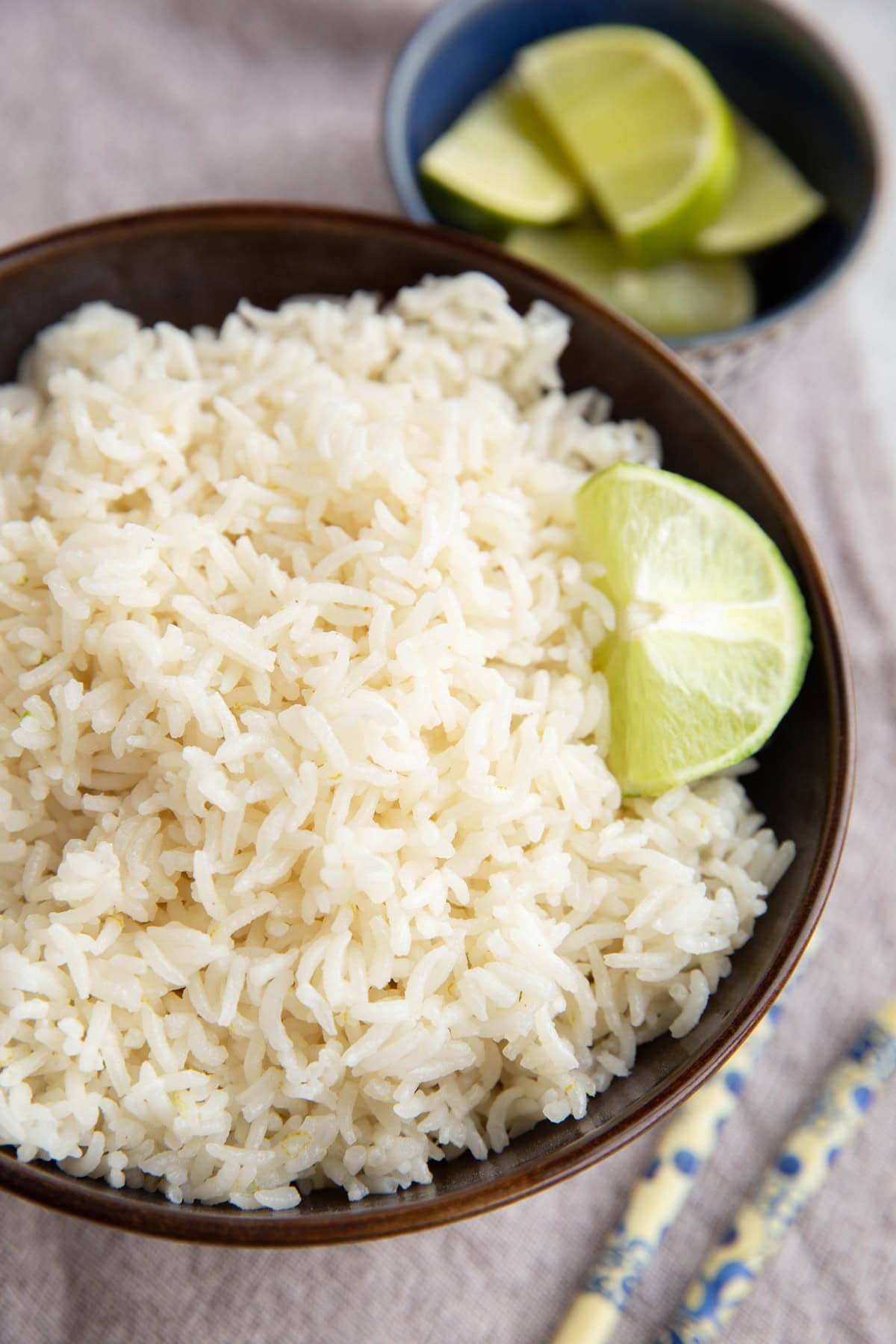
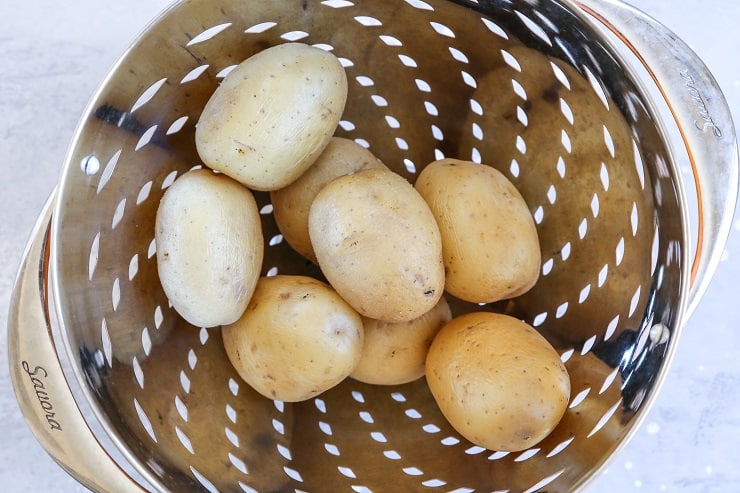
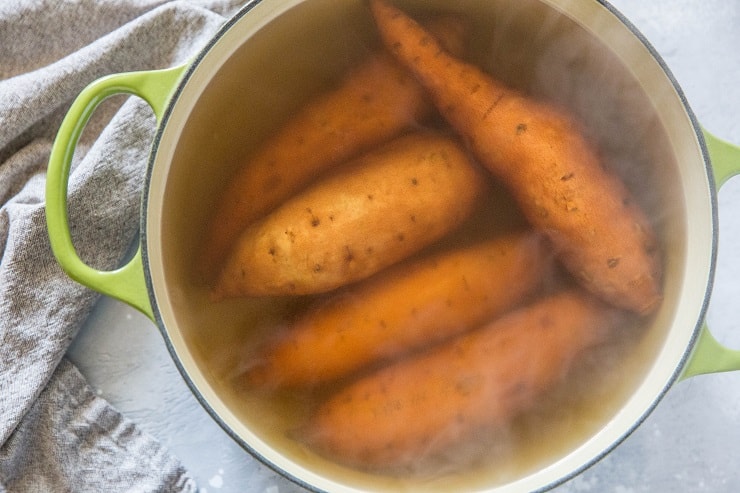
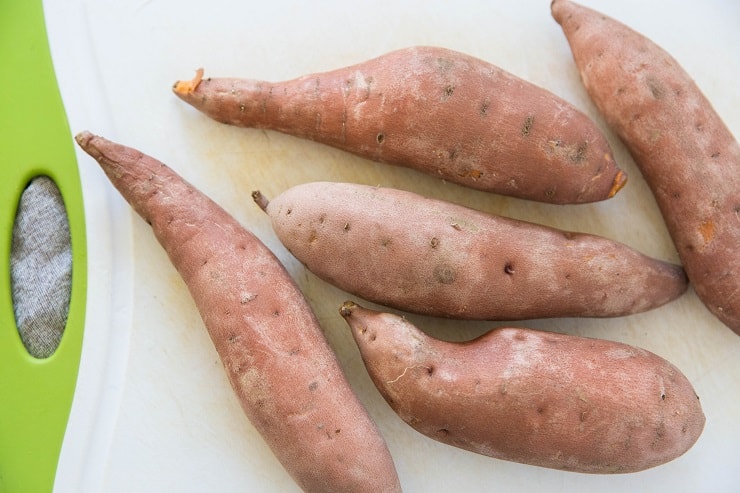
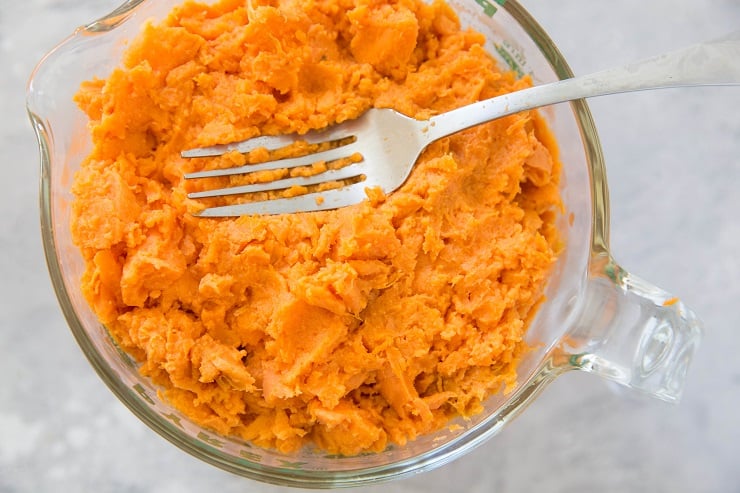
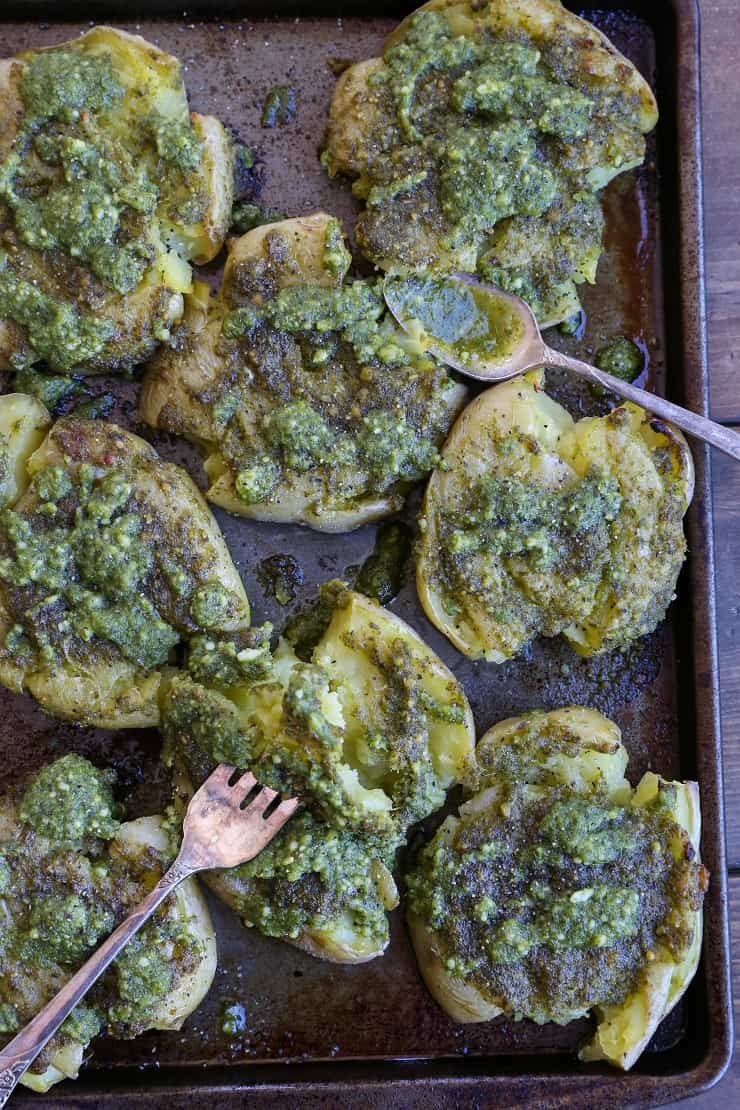
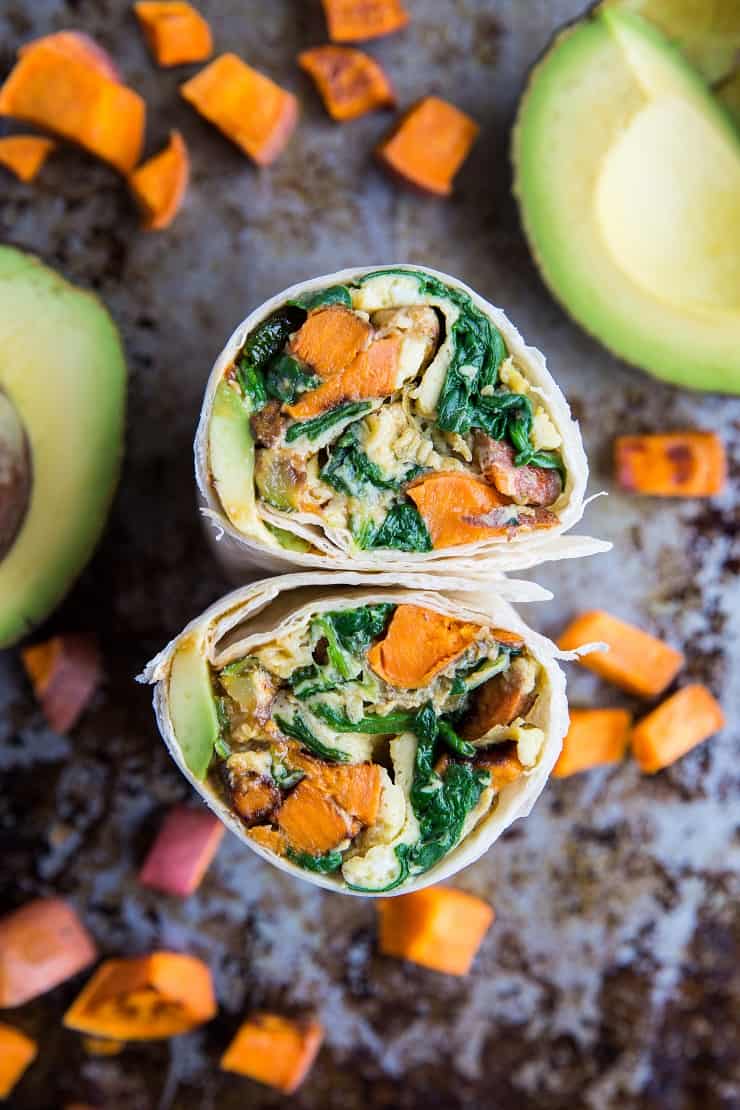

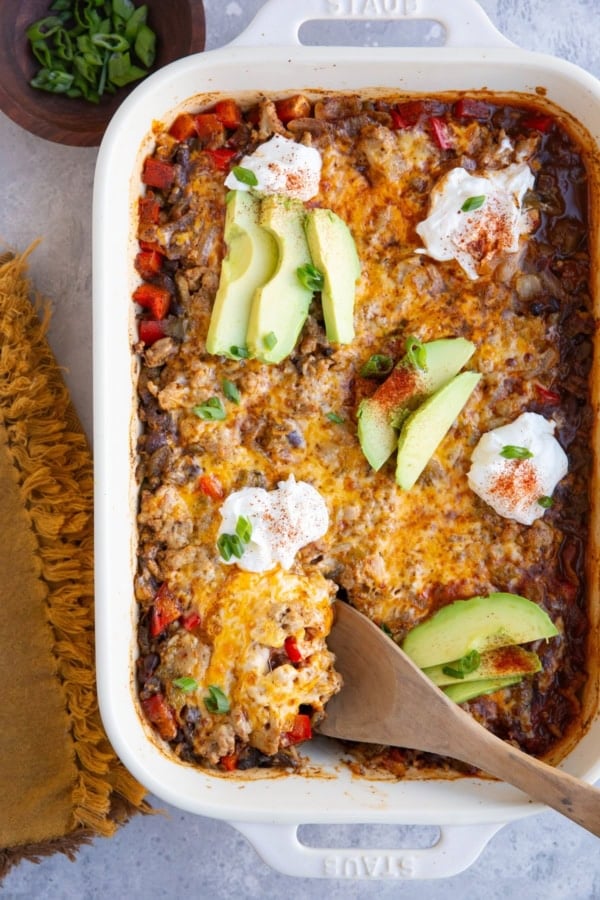
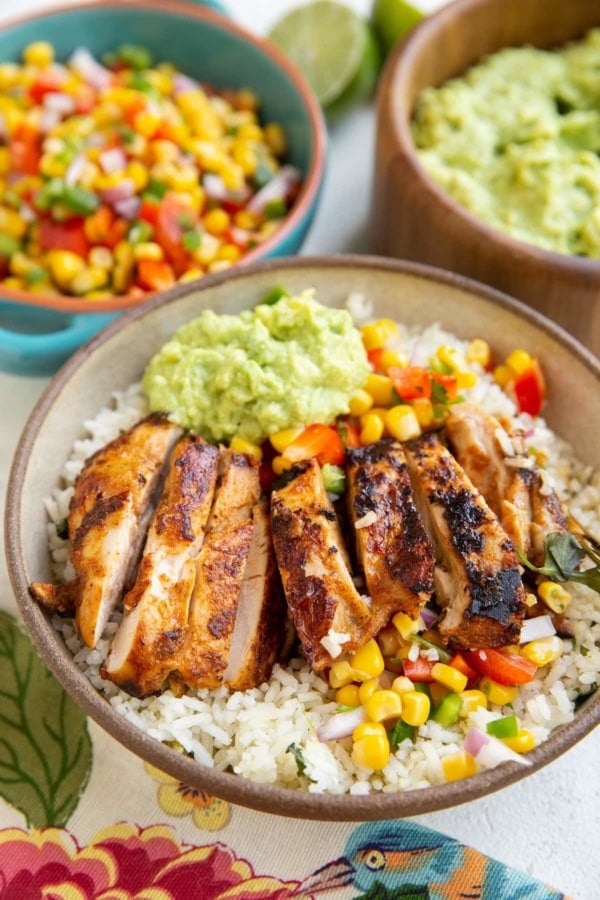
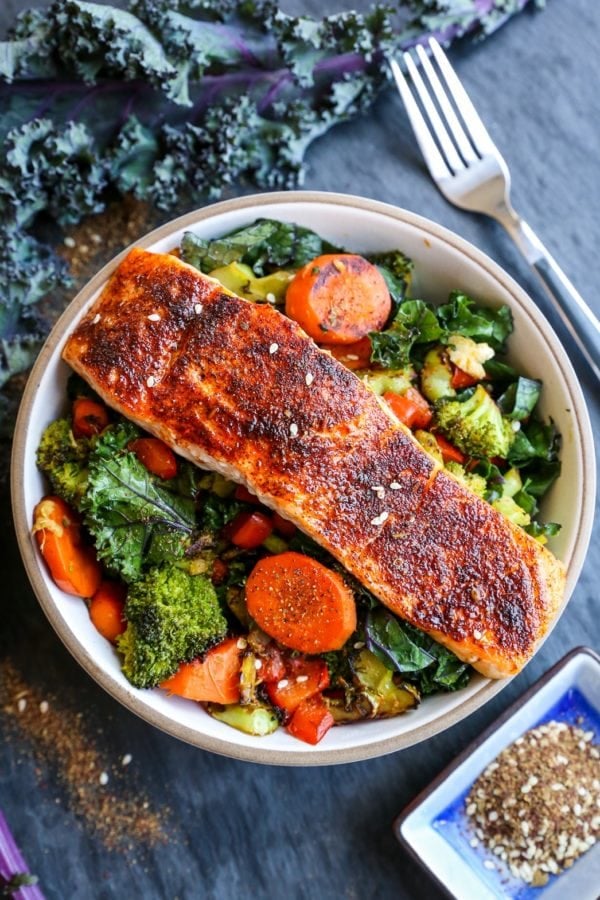
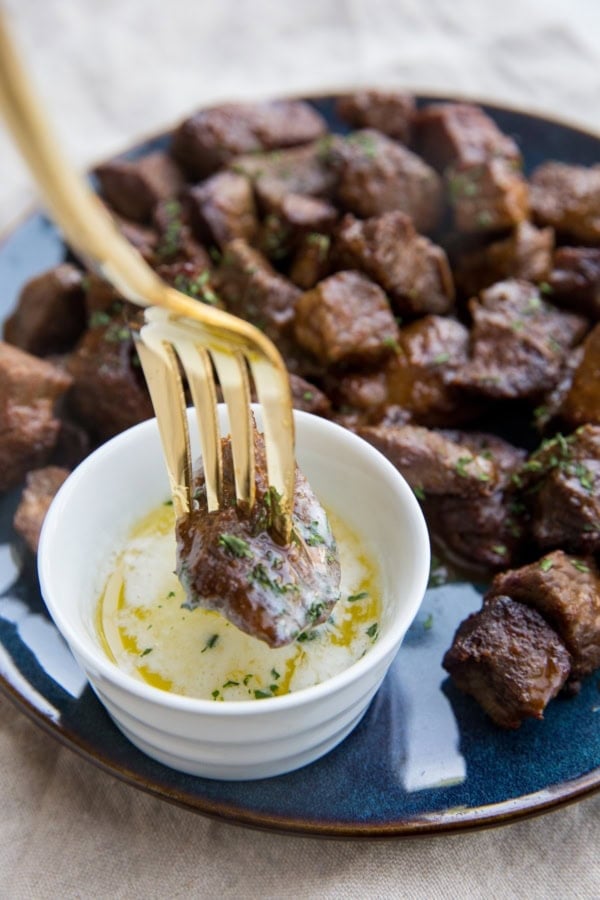









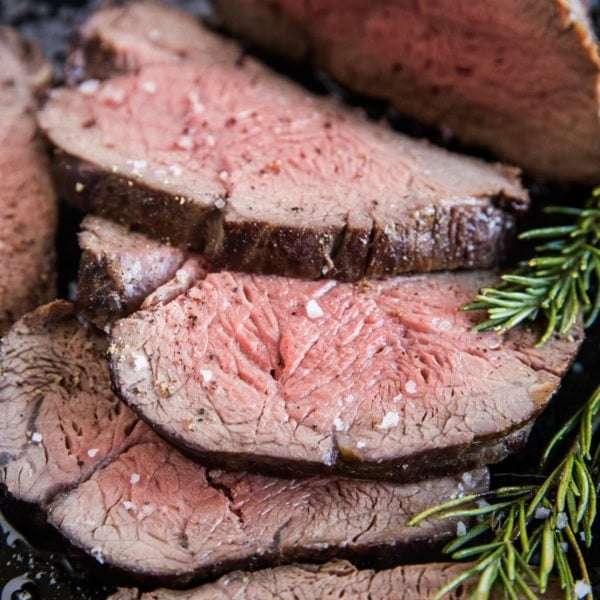
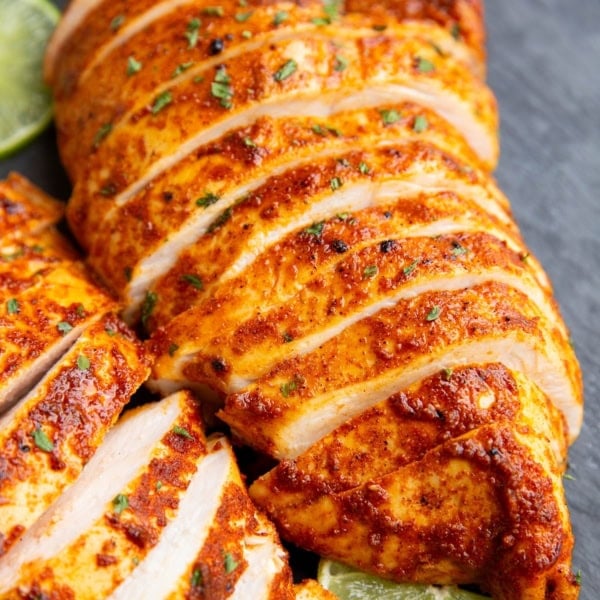
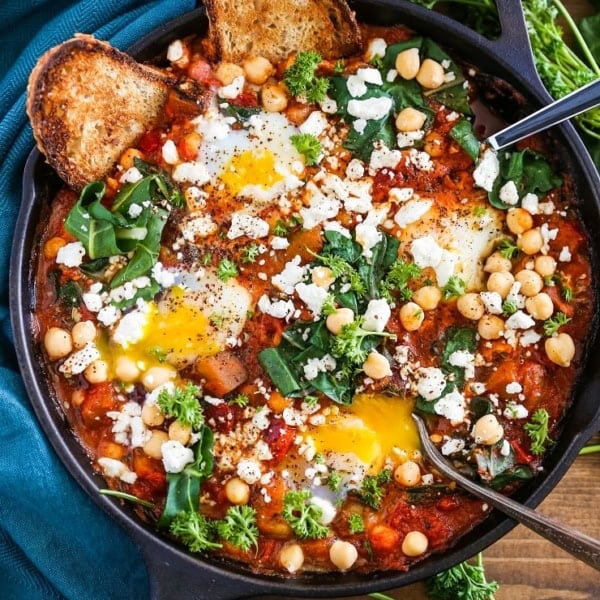
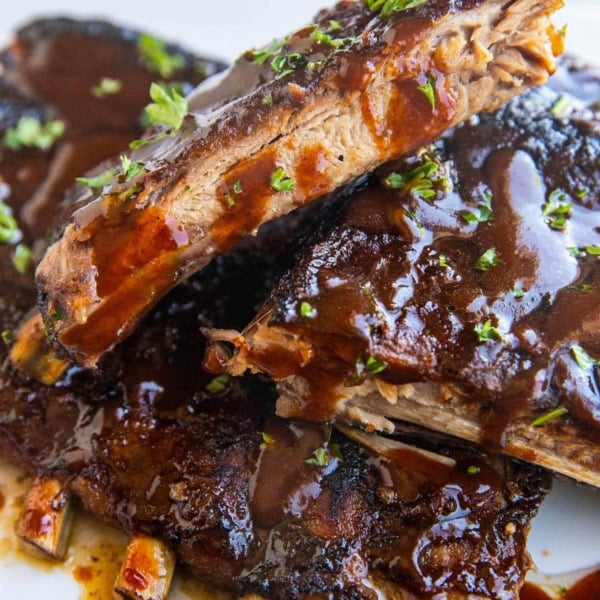
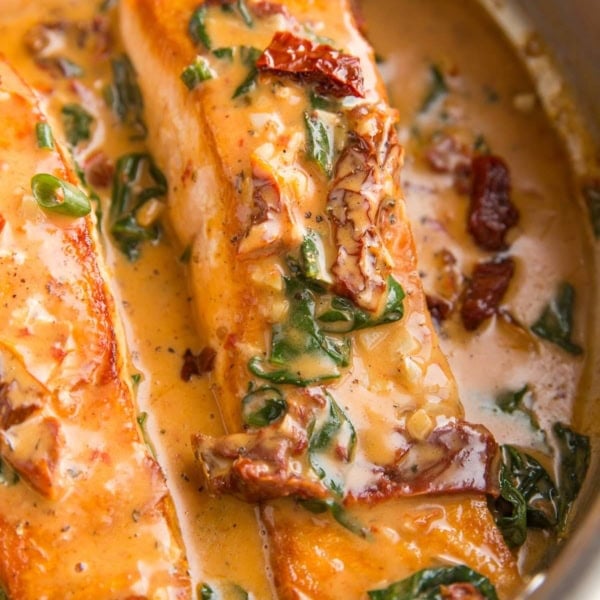
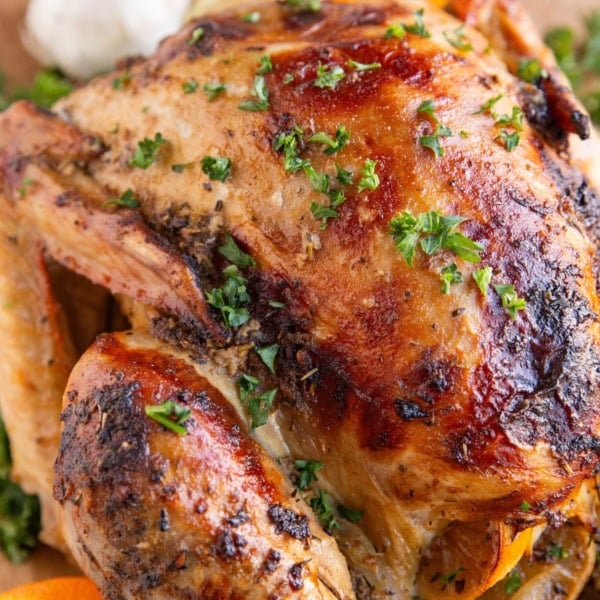
I make risotto in the pressure cooker , when pressure builds up , i wait for 6 minutes to pressure cook the rise . I wait until pressure comes down to open . How can i improve to build resistance starch and remove lectin?
Hi Mara! The only change I would make is soaking the rice first (to remove any potential arsenic). You the longer you soak it the better, so I’d recommend a minimum of 15 minutes and a maximum of 24 hours. Transfer the rice to the refrigerator to let it chill all the way before eating it to allow that resistant starch to build 🙂
Hello!
How long to boil sweet potatoes before roasting in the oven?
Hello! Sweet potatoes are naturally easy to digest. They are low in lectin. This process is not necessary. This is for all varieties of white potato.
Thanks for sharing, Andrea!
Do you leave skins on sweet potatoes while boiling? Then peel after cooling?
I love sweet potatoes but i was recently diagnosed with gastroparithis. so Im trying to figure out how i can keep them in my diet,
Hi Tammy! You can go either route. I leave the peels on (and eat them too for fiber), but if you’re not planning on eating the peels, it may be easiest to just peel them before boiling – that way you won’t have to wait for them to cool before removing the peels.
@Julia, my daughter suffers with stomach issues and has cut out a ton of food-
Potatoes is one of them
Would this make it so she can tolerate potatoes
Hi Kandis! I wish I had a better answer for you, but I don’t know. If she has an intolerance to potatoes, I would say the cooking method won’t make a difference. If she can tolerate small amounts of potatoes, I would think that the cooking method could make a difference but I’m just not sure. I would hate to tell you to try it for fear she has stomach problems as a result, so I think contacting her doctor may be the best bet. Wish I could be more help!! xoxoxo
Will boiling the potato help with excess gas in the stomach and tract?
Thank you,
Norms
Hi, Does just roasting or baking the potatoes get rid of the lectins?I realize it wouldn’t facilitate the resistant starch benefit, but just wondering about those times you don’t have time for the whole process?
Thanks!
Hello,
I have a question regarding the water after cooking. Is it important to drain it? So in case I prepare a soup with potato, and per se keep the water and eat it, does it still contain the lectin? Where does the lectin go? or it is just simple destroyed by the heat so the water doesn’t contain it either?
Many thanks!
Interested in Roberts question too
Hi Samuel! I allow the rice and potatoes to cool before refrigerating 🙂
Hello Julia,
Thank you for this lovely article! One question – do you put the rice or potatoes into fridge immediately after cooking, or do you leave it to cool down a bit on a room temperature and then put it in?
Some foods just dont handle putting them inside fridge while they are very warm, usually get spoiled, so just wondering how you are handling the cooling part.
Thanks!
Hi Robert!
I allow the rice and potatoes to cool down slightly. The rice can cool covered in the pot, and potatoes can be drained from the water (if boiling/steaming) and placed in a glass tupperware to cool. Let me know if you have any other questions! xo
This is so interesting! Thank you for this info- excited to try this with my rice and yam prep! One question- could you do the initial cooking of the potatoes in an Instant Pot, instead of boiling on the stovetop? Would it have the same lectin-removing capability?
Great question, i also use the instant pot. Would steaming it on the trivet have the same effect, or putting them directly into the 1cup of water at the bottom? How important is the water in this cooking process?`
Hi Dara,
The water isn’t important, as long as the potatoes get cooked. You can also roast them and still end up with resistant starch after they cool 😀 Hope you enjoy!
What about raw nuts? I eat a handful of raw almonds every day. And I cook with cashews. Do they also have to be boiled and cooked? Doesn’t sound appetizing.
Nuts and seeds don’t need to be boiled, but they do need to be sprouted in order to remove the phytates for optimal digestion. xo
Thank you! This is a great article. I suffer from stomach and GI sensitivity that has yet to be figured out. I will definitely use this process for my rice and potatoes. What about yams and sweet potatoes? Boil and cool those as well? And beans? Does soaking, cooking, and cooling beans remove lectins?
Hi Amy!
Great question! Yams and sweet potatoes should be prepared the same way – steam/boil first, then cool completely to allow for the resistant starch to build.
Yes, same story for beans, but the kicker here is most people get a pronounced inflammatory responses in the GI from beans and legumes. If you have a sensitive GI, I would say stay away from beans and legumes until you figure out what’s going on. Keeping inflammation under control is key in calming down or preventing GI flairs.
Let me know if you have any other questions!!
xoxoxox
Any suggestions regarding Arborio rice used for risotto; soak, then cook as directed, adding water a bit at a time as it is absorbed?
You nailed it, Leslie! Soak, cook as normal, then cool completely. The extra step of cooling is crucial to maximize the resistant starch benefit, so this means cooking the risotto a few hours (or days) before you intend to eat it 😀 Hope you enjoy!! xoxox